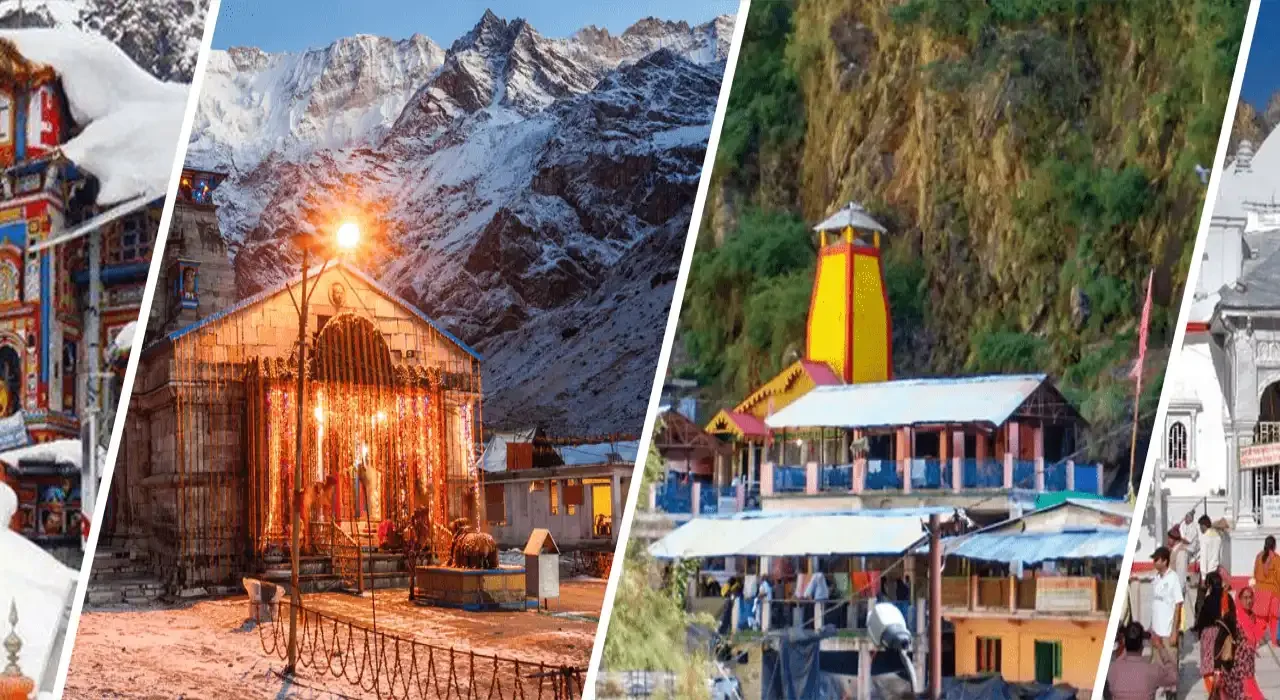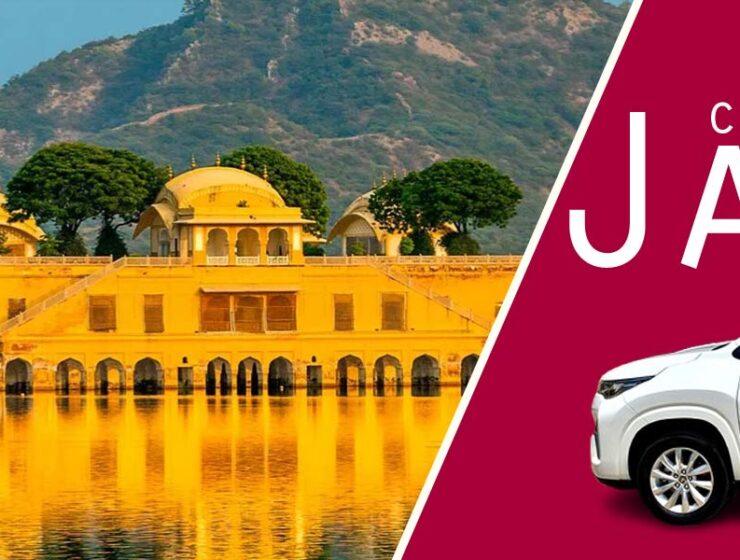For many people in India and around the world, the Chardham Yatra Tour is more than just a trip—it’s a journey of faith, peace, and self-discovery. Set in the lap of the Garhwal Himalayas in Uttarakhand, the Char Dham refers to four holy sites: Yamunotri, Gangotri, Kedarnath, and Badrinath. Each of these places holds deep spiritual meaning and offers a chance to reconnect with nature and inner calm.
This tour is especially popular during the summer months when the temples open for devotees. Whether you’re going for religious reasons or simply to experience the beauty of the mountains, the Chardham route offers a unique blend of the sacred and the scenic.
What Is the Chardham Yatra?
The Chardham Yatra Tour includes:
- Yamunotri
- Gangotri
- Kedarnath
- Badrinath
These sites are not just places of worship, but also offer peaceful surroundings, beautiful landscapes, and a glimpse into local Himalayan life. People of all ages take part in this journey, and many say it stays with them long after it ends.
When to Go
The temples are open from around April or May to October or November, depending on the weather. Most people prefer to travel between the month of May and the month of June or after the monsoon season in September. The roads are clearer, and the weather is usually better during these times.
If you’re planning the Chardham Yatra Tour, it’s important to check opening and closing dates in advance, as they are tied to Hindu festivals and weather conditions.
Starting Point: Haridwar, Rishikesh, or Dehradun
Many yatras usually start from Haridwar, Rishikesh, or Dehradun. These towns are fairly easy to reach by road, train, or even by flight. These cities are spiritual hubs themselves, with evening Ganga aartis, temples, and riverfronts that prepare you for the spiritual road ahead. From here, pilgrims usually travel in a clockwise direction starting with Yamunotri, then Gangotri, followed by Kedarnath and Badrinath.
First Stop: Yamunotri
The yatra usually starts with a drive to Barkot, a small and peaceful town near Yamunotri. From there, it’s about a 6 km walk to the Yamunotri Temple, located close to where the Yamuna River begins. The trail goes through hills and greenery—it’s a bit steep but quite pleasant.
Near the temple, there are hot springs like Surya Kund, where devotees often cook rice as an offering to the goddess. At the end of the day, you can visit Barkot.
Second Stop: Gangotri
The Gangotri Temple is set near the river and surrounded by deodar trees and mountain views. The river here is clear, cold, and flows quickly.
Gangotri offers not just spiritual experience, but also a quiet place to pause and take in the surroundings.
Third Stop: Kedarnath
After Gangotri, the next stop is usually Guptkashi, a quiet town often used as a base before heading to Kedarnath. From here, people travel towards the Kedarnath temple, which is one of the twelve sacred Jyotirlingas of Lord Shiva.
The Kedarnath Temple stands strong amidst towering peaks and is one of the most striking sights on the entire Chardham Yatra Tour. Despite the challenging trek, the peaceful atmosphere, the chants, and the sheer beauty of the place make the journey worthwhile.
Final Stop: Badrinath
The last stop is Badrinath, a town with colourful buildings, clean streets, and the beautiful Badrinath Temple devoted to Lord Vishnu. It’s located on the banks of the Alaknanda River and is surrounded by snow-capped mountains.
Before visiting the temple, many pilgrims take a dip in the Tapt Kund, a natural hot spring said to have healing powers. The temple itself is known for its bright façade and tranquil surroundings
Just a short drive from here is Mana. It’s a peaceful place to visit, with small shops, ancient caves, and friendly locals.
Things to Keep in Mind
The Chardham Yatra Tour takes you through high-altitude regions and mountain roads. Here are a few simple tips to make your journey smooth:
- Health Check: If you have breathing issues or heart conditions, speak to a doctor before going.
- Pack Light: Carry warm clothes, basic medicines, a torch, and good walking shoes.
- Stay Hydrated: Drink plenty of water, especially when trekking.
- Take It Slow: The altitude and travel time can be tiring. Allow yourself enough rest between journeys.
- Respect the Culture: Dress modestly, follow temple rules, and be polite to fellow travelers.
Why People Choose the Chardham Yatra
People go on this journey for different reasons. For some, it’s a religious ritual passed down through generations. For others, it’s a chance to be closer to nature or to take a break from fast-paced city life.
The Chardham Yatra Tour is not just about the temples—it’s about the people you meet, the places you see, and the moments of quiet that stay with you long after you return home.
Conclusion
The Chardham Yatra Tour offers more than just a travel experience—it brings together devotion, nature, and personal growth. From the calm rivers of Yamunotri and Gangotri to the sacred peaks of Kedarnath and the gentle energy of Badrinath, every stop adds meaning to the journey. Whether you’re traveling with family, friends, or on your own, this yatra leaves a lasting impact. It reminds you to slow down, breathe deeply, and appreciate the beauty of both the outer world and your inner self.
Interested to check out other tour packages? Check out – Jaipur to Dharamshala Mcleodganj Tour!



